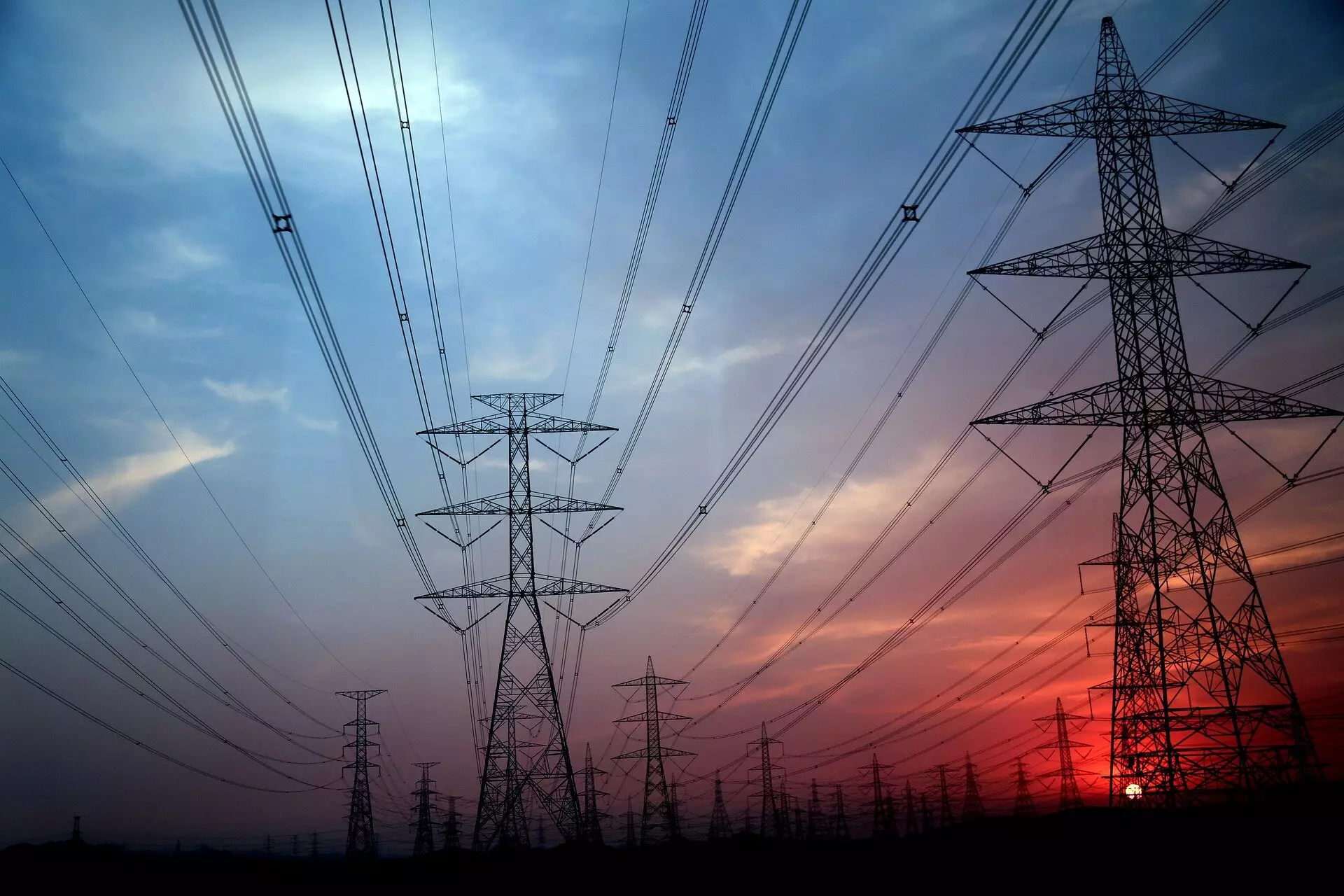

As the push for cleaner energy sources accelerates, an intense rivalry is unfolding between gas and electric utilities, particularly in the context of regulatory approaches that are now being called into question. Scholars from the Stanford Woods Institute for the Environment and the University of Notre Dame highlight an urgent need for an overhaul in the regulation of these industries. The emergence of policies encouraging a shift from gas to electricity raises significant challenges and opportunities in managing energy resources effectively.
In light of the growing importance of zero-carbon buildings, the researchers advocate for a strategic union of electric and gas utilities under a more cohesive regulatory landscape. Their findings, detailed in a timely white paper, illuminate the complexities involved in transitioning towards a cleaner energy future while ensuring affordability and equity for consumers, particularly those from low-income backgrounds who tend to be disproportionately affected during energy transitions.
Fundamentally, the paper underscores the necessity of coordinated planning among utility regulators. With stricter climate policies leading to overlapping responsibilities, electric and gas utilities are finding themselves competing in areas such as building heating and cooking—domains traditionally dominated by gas. The transition toward technologies such as electric heat pumps and induction stoves is pushing gas companies to counteract this shift vigorously, often at the expense of consumers.
The proposal presented by the authors is clear: state public utility commissions (PUCs) need to recognize and address the inter-utility competition that has surfaced. The team argues that failure to do so could result in an array of negative consequences, including delayed decarbonization efforts, increased costs for ratepayers, and unnecessary investments in fossil-fuel infrastructure. Essentially, the existing regulatory framework is lagging behind the realities of energy consumption patterns, and this misalignment merits immediate and decisive action.
One of the most salient points raised in the white paper is the economic inefficiency resulting from the simultaneous maintenance of two distinct utility infrastructures. Customers currently pay costs that stem from maintaining separate distribution systems for gas and electricity, yet both utilities are increasingly offering similar services. By integrating these entities—possibly even merging them into single entities within shared territories—energy sectors could significantly reduce redundancy.
The push for better regulatory coordination is not just an academic exercise; it is a practical solution geared towards minimizing stranded assets and maximizing resource efficiency. Achieving a unified energy utility could streamline planning processes and enhance the quality of service, reducing the financial burden on consumers while promoting a more sustainable energy future.
The research encourages PUCs to actively consider the merger of gas and electric utilities that serve overlapping populations. Such consolidation would mean not only a more seamless transition towards decarbonization but also heightened reliability and safety for consumers. The project seeks to eliminate the financial risks associated with the burgeoning fossil fuel infrastructure that gas companies might continue to expand, potentially outlasting the timelines necessary for widespread decarbonization.
By recognizing the inherent competition between gas and electric utilities, regulators could implement policies to encourage collaboration rather than conflict. The evidence presented suggests that coordinating these two sectors could facilitate a more predictable and equitable energy transition, safeguarding consumers from future cost surges and reliability issues.
The white paper concludes on a resolute note, emphasizing that the path to successfully addressing the intertwined concerns of climate change, energy equity, and safety lies in proactive regulations. Researchers argue that utility regulators must think differently about the current energy landscape, viewing gas and electric utilities as components of an integrated energy framework rather than separate monopolies.
To meet the pressing climate goals that define the modern era, it’s essential that strategic changes are implemented in utility management. With the right collaborative efforts and thoughtful planning, the energy sector can transition into a decarbonized future that is equitable and sustainable for all stakeholders involved.
The pivotal changes recommended by the research serve as a clarion call for regulators to adapt to the evolving energy landscape and safeguard the future of energy consumption, ensuring that progress aligns with the values of safety, affordability, and environmental responsibility.
Foreign direct investment (FDI) in developing nations has long been heralded as a path to…
As spring beckons in April and May, stargazers have the unique opportunity to witness nature's…
Active matter, a term that refers to systems where individual components can consume energy to…
In a groundbreaking development, a research team led by Prof. Chen Changlun at the Hefei…
The inevitability of aging is experienced differently across individuals, influenced by a complex interplay of…
When we delve into the cataclysmic events that led to the destruction of Pompeii almost…
This website uses cookies.